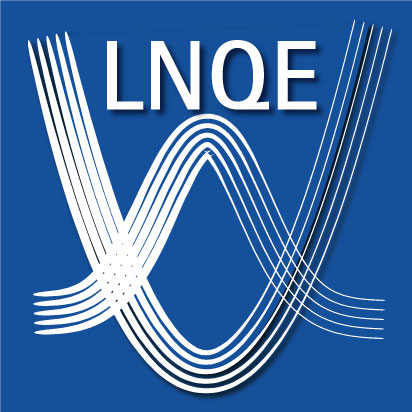Hannover / Emmerthal: The Institute for Solar Energy Research Hamelin (ISFH) and the Institute of Electronic Materials and Devices (MBE) of Leibniz Universität Hannover have developed a crystalline silicon solar cell on p-type wafer material with an independently confirmed efficiency of (26.10 ± 0.31)% demonstrated under one sun.
This is a world record for p-type Si material as well as a European record for crystalline Si. The record cell uses a passivating electron-selective n+-type polysilicon on oxide (POLO) junction at the minus contact of the cell and a hole-selective p+-type POLO junction at the plus contact. It is the high selectivity of theses junctions that allow such high efficiencies. These junctions are applied in an interdigitated pattern on the rear side. This minimizes the parasitic absorption in the poly-Si and avoids shading by front side metallization.
The use of the clean room of the Laboratory for Nano and Quantum Engineering (LNQE) of the Leibniz Universität Hannover plays an important role in achieving the high cell efficiency. In the clean room of the LNQE, the doping of the polysilicon layers and their structuring were carried out by MBE employees. The deposition of the polysilicon layers was carried out by the project partner Centrotherm. The other important steps of the solar cell processing as well as the characterization of the solar cells took place at the ISFH.
The goal is to integrate the POLO transitions into current mainstream technology with a significant efficiency advantage.
See also:







